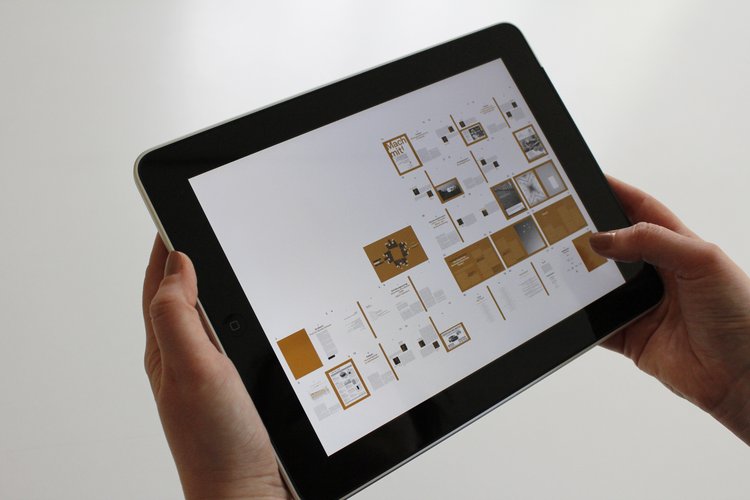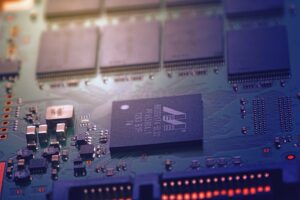With quantum leaps in technology and increasing bandwidth, the internet is fast becoming the very fabric of our daily lives. But then we gave the gift of the internet to our devices and machines too.
With the Internet of Things (IoT), billions of devices in healthcare, education, agriculture, manufacturing, energy, and the military will connect to each other online. According to a study, 127 new IoT devices connect to the internet every second. Well, QA teams reading this have just one question – will those IoT devices stand the test of real life?
Testing IoT devices for the right kinds of parameters, and giving the final Go/No-go signal isn’t easy for any manufacturer, especially those just entering the IoT market. Without cutting-edge RF testing capabilities, many batches of IoT devices can enter the market; they may have passed QC alright, but how do you know they stand the test of real-life scenarios when it matters the most?
Poor or unreliable performance can greatly affect business and the reputation of the manufacturer. You are looking at anything from security breaches, and product recalls to unhappy customers and loss of trust among potential investors.
“Faulty IoT devices can lead to unhappy customers and bad brand reputation”
IoT device testing needs more than what meets the eye. IoT device manufacturers may face the following challenges.
Key Challenges in IoT Device Manufacture Testing
-
Many IoT device manufacturers are new to RF testing
Devices that were never connected to the internet before are now being connected with technologies such as Bluetooth® and Wi-Fi. As a result, many device manufacturers do not have in-house RF expertise to plan and design the test software and test cases.
Additionally, you need a comprehensive test solution so multiple products of the same type can be tested and results displayed on a software that is easy to interpret for your team.
-
Writing special test code for every IoT device
It is not feasible to write a special test code for every IoT device. There are a number of drawbacks for loading special software.
- Small devices such as hearing aids do not have any provision for an external test connector to load and unload the code.
- You have to write more code for every device which takes production time and increases cost.
- With test code, you are not testing the device in a production environment. This could lead to devise failure at the client location.
- You have multiple software versions to maintain, including the test and production software. If there is a failure, it is very difficult to identify where it occurred.
- Loading and re-loading of the software take time and can be a source of errors.
-
Choosing which RF parameters to test in IoT devices
Before reaching production, the device completes R&D and design verification, which require parametric tests. You mainly need functional testing at the manufacturing stage. You need to do quantitative measurements on transmit and receive to identify defects that can happen in manufacturing only – solder connections, a component in the wrong place, or a missing component, and so on.
-
Keeping the test costs low
Manufacturers may have numerous IoT devices in each category. To stay competitive, it is important manufacturers accelerate time-to-market while keeping the costs low as the volume of devices increases.
-
Golden Radio testing is insufficient to ensure product quality
The conventional Golden Radio method, although inexpensive, does not provide sufficient test coverage to filter out manufacturing defects. It does not show the quantitative results that are important to detect performance drift or identify the root cause of failures.
“IoT device manufacturers need simple, scalable and cost-effective testing solutions”
A robust RF testing system can measure important performance indicators of your IoT device when it is operating normally with production-release software. Precision testing required in R&D and design verification may not be necessary in manufacturing.
How RF Test Equipment Can Help IoT Device Testing
A simple RF testing system for manufacture testing can sufficiently test IoT devices; you do not need to have complex, expensive test systems.
-
Test the IoT device in normal operational mode
Miniaturization of IoT devices makes contact testing impossible. Over-the-air signal testing with RF test equipment saves you from taking the device apart or changing the firmware to the test version. It also eliminates any possible errors with physical connections and firmware changes thus saving time and cost to market. RF testers such as Keysight X8711A help test the IoT devices in production mode, and often over-the-air in scenarios were connecting an actual wire isn’t possible.
-
Meet quality standards
RF test equipment for manufacture testing uses input power measurement, Packet Error Rate (PER) using acknowledgement (ACK) count, and receiver sensitivity tests to measure key transmitter and receiver parameters which could be affected by manufacturing defects. The MT8862A RF tester, for instance, helps evaluate WLAN devices under actual operating conditions.
-
Cover all major cellular and non-cellular technologies
Some IoT devices that need global reach may use cellular technologies such as LTE-M and NB-IoT. But most devices use non-cellular technologies such as Bluetooth®, Wi-Fi, ZigBee, THREAD, EnOcean, SigFox® and others. With the right RF test equipment, you can do manufacture testing on almost any device.
-
No special code needed
RF test equipment can do manufacture testing without needing a special code for every IoT device using normal on-the-air behaviour.
-
Test what matters most at the end of production
New and simpler test systems can help you test what matters most during manufacturing, which lets you avoid invasive probes and makes the testing process faster.
-
Keep the costs low
With an integrated solution like Test Automation Platform (TAP) software enabled measurement suites, RF test equipment can speed up the functional testing process thus keeping the costs low.
Equipment with data acquisition and RF test modules, like the Keysight X8711AU for instance, gives you the ability to repeat tests quickly for large volumes of IoT devices with suites like Bluetooth® Low Energy (BLE) 4.2 signalling measurement and WLAN b/g/n signalling measurement.
With the complexity of IoT comes opportunity. Functional testing processes must adapt to new platforms and techniques to ensure that manufacturing is able to address both usual and unexpected challenges.
Fortunately, RF test equipment for IoT devices makes it easy to achieve a faster testing cycle, high repeatability of test cases, and standardization across your product offerings. Network analyzers, signal analyzers, and noise figure meters are a few of RF tools and microwave testing sets used to qualify critical RF and MW components/systems.
Also, Read Feature of IoT Devices










